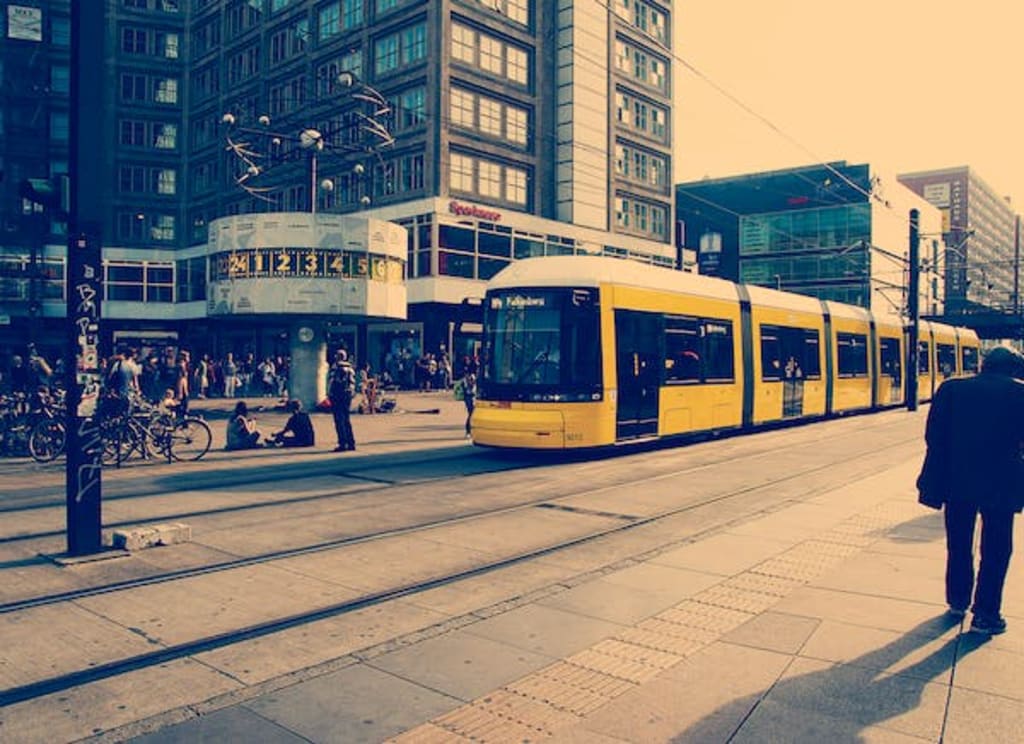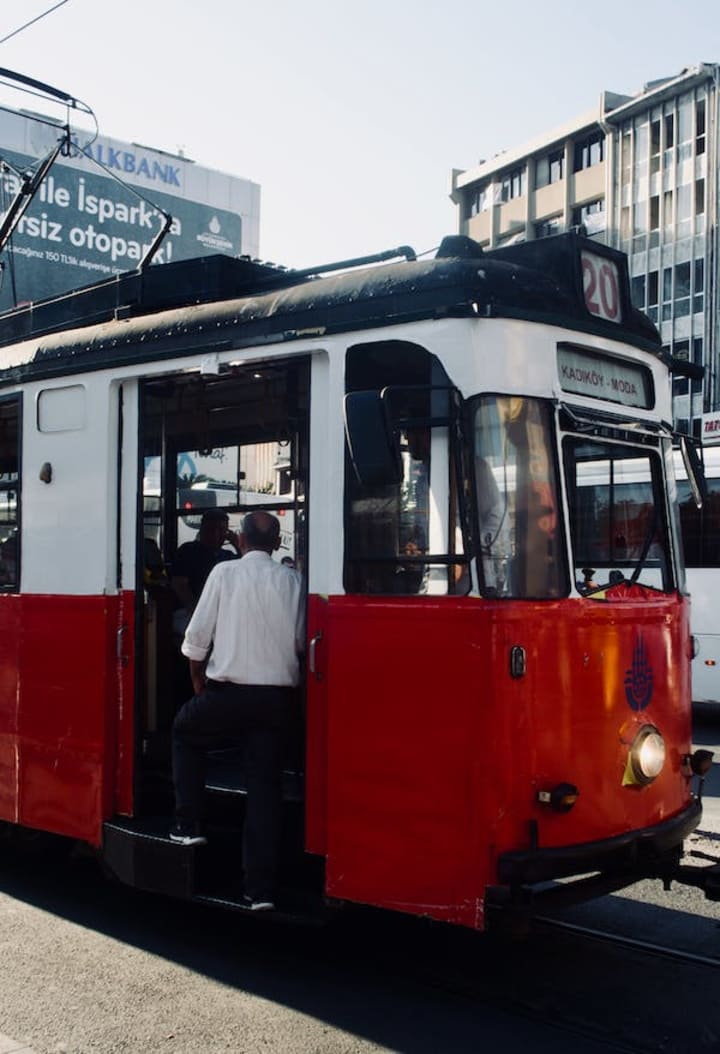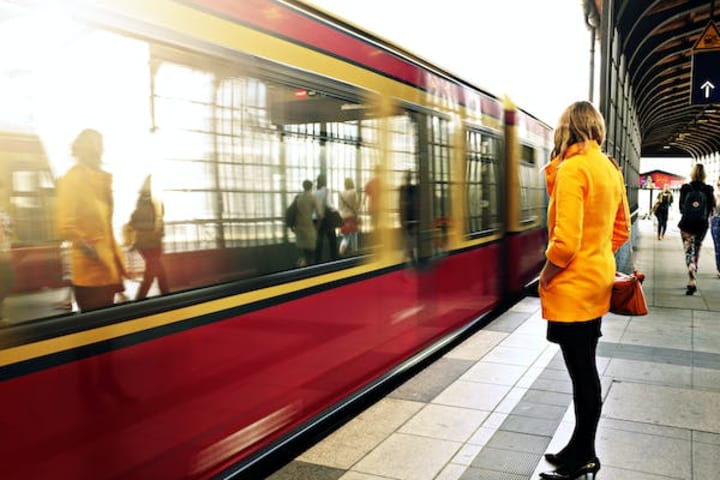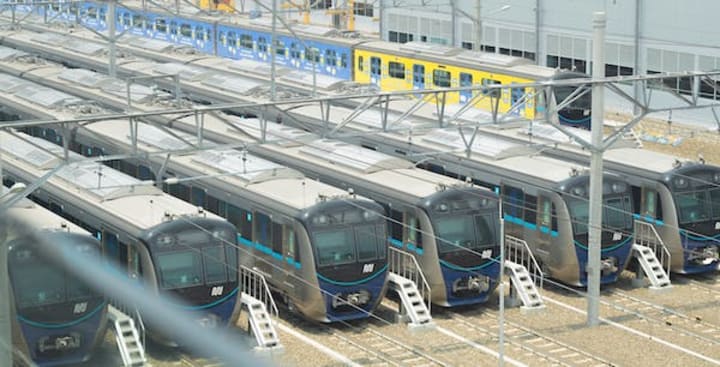Revolutionizing Urban Mobility: The Power of Public Transport in a Sustainable Future
Introduction:

In an era of rapid urbanization and increasing environmental concerns, the role of public transport in shaping sustainable cities has never been more crucial. With the potential to transform urban mobility, public transport systems offer numerous benefits, from reducing traffic congestion and air pollution to improving accessibility and fostering social cohesion. This blog explores the power of public transport as a catalyst for change in creating a sustainable future for our cities. We delve into the advantages, innovations, and challenges associated with modern public transport systems, highlighting their potential to revolutionize urban mobility and shape a more livable and eco-friendly world.

Enhancing Connectivity and Accessibility:
Public transport networks act as vital arteries, connecting people and places within cities. By providing affordable and convenient transportation options, they enhance connectivity and accessibility for all residents, irrespective of socioeconomic backgrounds. From buses and trams to metro systems and commuter trains, public transport offers an inclusive mode of travel, reducing barriers and improving mobility for individuals of all ages and abilities. By investing in robust and well-integrated networks, cities can bridge spatial gaps, enhance social equity, and create more vibrant and connected communities

Reducing Traffic Congestion and Emissions:
One of the most significant advantages of public transport is its potential to alleviate traffic congestion and reduce greenhouse gas emissions. As cities grapple with gridlock and its associated economic and environmental costs, efficient and reliable public transport systems offer a sustainable alternative. By encouraging a modal shift from private vehicles to buses, trains, and light rail, cities can significantly decrease congestion on roadways, freeing up valuable space and improving traffic flow.Furthermore, with advancements in electric and hybrid technologies, public transport is becoming increasingly eco-friendly, reducing air pollution and mitigating the impacts of climate change.

Promoting Sustainable Urban Development:
Public transport plays a pivotal role in shaping sustainable urban development. By concentrating urban growth around transit-oriented development (TOD) hubs, cities can create compact, walkable, and livable neighborhoods that prioritize public transport access. This approach reduces urban sprawl, preserves green spaces, and encourages mixed-use development, fostering vibrant and sustainable communities. Moreover, by reducing the need for car ownership and parking infrastructure, public transport-oriented cities can utilize land more efficiently, channeling resources into affordable housing, public amenities, and green infrastructure.

Innovations and Future Trends :
The future of public transport holds immense promise, with rapid technological advancements and innovative solutions driving its evolution. From autonomous buses and electric vehicle fleets to smart ticketing systems and real-time passenger information, cutting-edge technologies are revolutionizing the user experience and operational efficiency of public transport. Additionally, initiatives such as bike-sharing programs and micro-mobility options are complementing traditional transit systems, providing flexible and sustainable transportation choices. As cities embrace these innovations, public transport will become more seamless, user-centric, and integrated with other modes of transportation, offering comprehensive mobility solutions.

The roots of public transport can be traced back centuries, with various forms of organized transportation emerging in urban areas throughout history. While the specific inventor of public transport cannot be attributed to a single individual, there were significant milestones and pioneers who contributed to its development.
The concept of public transport dates back to ancient civilizations, where systems such as horse-drawn chariots, boats, and early forms of public transportation served as vital modes of moving people and goods within cities. For instance, in ancient Rome, the Romans developed an extensive network of roads and had a system of public horse-drawn carriages called "carriages of the sun."

Fast forward to the 19th century, a time marked by rapid industrialization and urbanization, public transport underwent a significant transformation. Steam-powered trains and horse-drawn omnibuses became popular modes of transportation, facilitating movement within cities and connecting them to suburban areas. Notable inventors and entrepreneurs such as George Stephenson and Sir Goldsworthy Gurney played crucial roles in advancing steam-powered locomotives and steam carriages.
In the late 19th century, the invention of the electric tram revolutionized urban transport. Pioneers like Frank J. Sprague and Werner von Siemens developed efficient electric traction systems, enabling the creation of tram networks that replaced horse-drawn transport. Electric trams offered a cleaner and more reliable mode of transportation, marking a significant milestone in the history of public transport.

During the 20th century, the rise of automobiles and the expansion of road networks posed challenges to public transport. However, visionary urban planners and engineers recognized the importance of maintaining efficient public transport systems. Innovations such as the London Underground, introduced in 1863, and the New York City subway, inaugurated in 1904, pioneered underground rail systems that transformed urban transportation.
Today, public transport continues to evolve with advancements in technology and urban planning. Innovations like high-speed trains, bus rapid transit systems, and the integration of smart technologies have enhanced the efficiency, comfort, and sustainability of public transport in urban areas.

While no single inventor can be credited with the creation of public transport, the collective efforts of numerous individuals throughout history have shaped its development. From ancient civilizations to modern-day innovators, the pursuit of efficient and accessible urban mobility has been a driving force, ensuring that public transport remains a vital component of sustainable and inclusive cities.

Public transport is not merely a means of moving people from one point to another; it is a powerful catalyst for positive change in our cities. By prioritizing and investing in robust public transport systems, cities can enhance connectivity, reduce congestion, improve air quality, and foster sustainable urban development. As we envision a future characterized by livable, inclusive, and environmentally conscious cities, public transport emerges as a key pillar in achieving this vision. By embracing innovations and leveraging the potential of public transport, we can revolutionize urban mobility, creating a sustainable future for generations to come. It is time to recognize and harness the power of public transport as a transformative force in shaping the cities we desire
About the Creator
khadija yousaf
i am creative blog writer from pakistan and have much experience in this field
Enjoyed the story? Support the Creator.
Subscribe for free to receive all their stories in your feed. You could also pledge your support or give them a one-off tip, letting them know you appreciate their work.






Comments
There are no comments for this story
Be the first to respond and start the conversation.